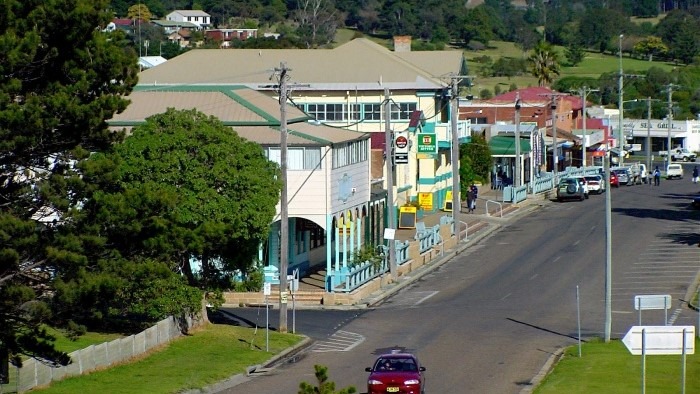Liver disease patients could one day benefit from a new cell therapy that has just completed its first clinical trial.
Researchers who tested the potential treatment in patients with liver cirrhosis – where long term damage produces scarring – found the therapy had no significant adverse effects.
Clinical trials
Now the team, based at the University’s MRC Centre for Regenerative Medicine, is to gauge the effectiveness of the treatment – which is based on white blood cells called macrophages, that are key to normal liver repair.
The next stage of the trial will measure whether the therapy helps the liver to reduce scarring and stimulate regeneration. The results should be known within the next two years.
At present the only successful treatment for end-stage liver cirrhosis – which claims around 14,000 lives in the UK each year (British Liver Trust) – is an organ transplant. The safety trial is a vital step forward in finding an alternative therapy.
Cell therapy
During the trial scientists took cells from the blood of nine patients with the disease and turned them into macrophages, in the Scottish National Blood Transfusion Service’s (SNBTS) cell therapy facility.
The new cells were then re-injected into the patient with the hope of repairing the damaged organ from within.
Liver cirrhosis
Causes of liver cirrhosis include infections such as hepatitis C, obesity, alcohol excess and some genetic and immune conditions.
Liver cirrhosis is a major healthcare issue in the UK and is one of the top five killers. The results from this first safety trial are encouraging and we can now progress to testing how effective it is in a larger group of people. If this was found to be effective it would offer a new way to tackle this important condition.
The research which was published in the journal Nature Medicine, received funding from the Medical Research Council and was conducted in partnership with the SNBTS and the Cell and Gene Therapy Catapult.







